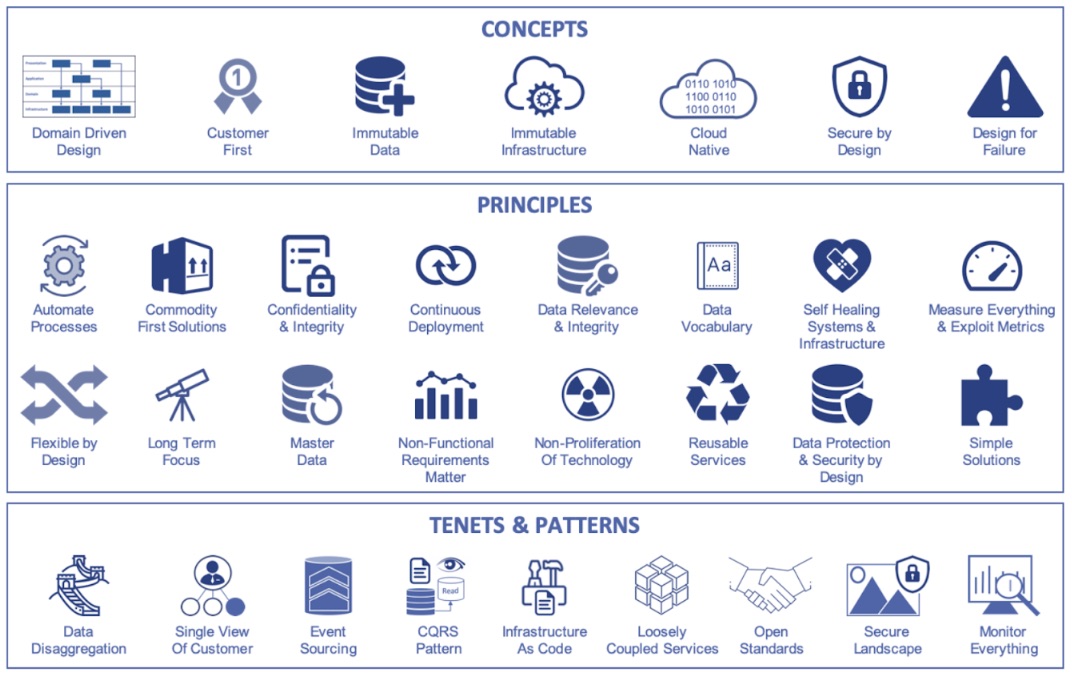Elastic Training helps UK Driver and Vehicle Licensing Agency better serve motorists
The core responsibility of the UK's Driver and Vehicle Licensing Agency (DVLA) is to maintain more than 48 million driver records, more than 40 million vehicle records, and to collect approximately £6 billion ($7.75 billion) a year in Vehicle Excise Duty.
The agency is at the forefront of public digital services, and has made significant progress in transforming its IT systems into new cloud-based platforms.
DVLA’s Cloud Engineering team is integral to the delivery of a cloud-first strategy, and the team started using the Elastic Stack to centralize logs. The goal is to offer to all internal customers the ability to measure and monitor everything using all DVLA logs and metrics, enabling the platform users to analyze and quantify the performance and usage of their apps on the shared platform. This Elastic-driven observability model has resulted in an enhanced experience for internal as well as external DVLA customers.
As the Cloud Infrastructure Department started expanding its use case, the agency decided to also invest more in Elastic Services to ensure DVLA teams could grow their skills.
We recently sat down with Matt Dendle, Engineering Team Lead, to discuss how Elastic Training has been able to support him in this initiative.
What was the rationale behind designing your new service architecture?
Matt: We have been undergoing several phases of change over the past decade, and while we had organically grown into the cloud, we also had some technical debt challenges, as well as some system interoperability problems that hindered us when it came to moving at the pace we wanted.
We started by implementing various programs to increase cloud adoption so we could centralize everything in one place. That’s when we noticed that the systems were not connecting with each other very well, generating data silos and security concerns among the different teams of the DVLA.
To address this issue, we adopted a new approach for our target architecture: the Open Services Landscape (OSL). With OSL, our goal was to enable channels across the agency to evolve and be replaced in a flexible and timely manner thanks to a shared architecture and the continuous improvement of services.

How does the Elastic Stack fit into the Open Services Landscape?
Matt: One of our key focuses of OSL was to be able to measure and monitor everything. That’s where the Elastic Stack came into play. We worked on logging all of the compute workload and storing it in a centralized way to get the most benefit out of it.
Using the Elastic Stack we’ve been able to get all of our logs into one place. Thanks to the Elastic Common Schema and rollover indices, we were also able to ingest the logs from many different sources at scale.
By doing this we were able to connect all the dots and identify things we wouldn’t have been able to see without Elastic, whether it’s within a single application or between different applications and services.
At the business level this means we can get a consolidated view on things such as the evolution of our web transactions, and we make decisions based on this data. Using Kibana as a self-service dashboard tool has also made it easier for other teams to also exploit and monitor their logs in an autonomous way.
Overall, the Elastic Stack has been easy to scale and aligns with our OSL strategy that, at the end of the day, improves the customer experience.
What prompted you to work with our Elastic Training teams?
Matt: When I joined the DVLA last year, I already had some knowledge of the Elastic Stack. But my knowledge was outdated. Furthermore, one of our key investment areas is building critical skills by allocating significant time towards technical training. Given the space the Elastic Stack occupies in our OSL approach, it just made sense to invest in Elastic Training in order to scale up our skills on the Elastic Stack.
There’s also a lot of value in getting training directly from Elastic employees. You can be sure to get answers to the questions you have from the trainers and, if not, they can connect you with the right stakeholders at Elastic to address your questions.
What value did Elastic Training bring to DVLA?
Matt: Right off the bat, in each of these training courses, we were able to talk in more detail about what we wanted to achieve, as well as discuss the best approach to tackle our challenges. We got the opportunity to collaborate in a productive way on the different ideas we had.
We enrolled in three different courses:
- 30 employees took Elastic Engineer 1
- 17 employees took Elastic Engineer 2
- 9 employees finished the Kibana Data Analyst training course (Editor’s Note: This course has been updated, expanded, and re-released as Data Analysis with Kibana)
In addition, bringing Elastic’s trainers and consultants to our facility gave us the flexibility to enable our staff all at once. We were able to blend official training with the expertise of their consulting practice to create a highly engaging, highly productive learning experience.1
After engaging with Elastic Training, does DVLA now have the right skills?
Matt: Absolutely. Our teams feel better equipped in getting their hands onto the Elastic Stack and have started building their own dashboards. The training courses helped them grasp the potential of the Elastic Stack and how to move forward.
The training courses we’ve followed are really both a confidence and career boost for us at the DVLA. We’re also working on getting some of our engineers Elastic Certified, myself included.
We want to be considered as a center of excellence for cloud and this means sharing more of our knowledge of Elastic across the government. This would allow us to help expand the usage of the Elastic Stack beyond just the DVLA.
Following on from these training courses, we’re also thinking of expanding our usage of the Elastic Stack within the DVLA. We started getting more interested in Elastic Security and now we’re engaged in creating a proof of concept for Elastic’s SIEM to see if this could be a good tool for us.
What advice would you give others about investing in Elastic Training?
Matt: The instructor-led courses provided an immersive, guided learning experience and were well worth the investment. Coupling this training with on-demand courses has been instrumental in developing my skills and helping me prepare for the Elastic Certified Engineer exam. At the end of the day, having training from Elastic will allow you to fully leverage the Elastic Stack.
To learn more about DVLA's use case, watch Matt’s presentation at Elastic's UK Government Symposium.
Start building your Elastic Stack knowledge with our free, on-demand Fundamentals courses. When you're ready to take your skills to the next level, our instructor-led virtual courses provide the hands-on practice needed to prepare for Elastic certification.
1 Delivered pre COVID-19








